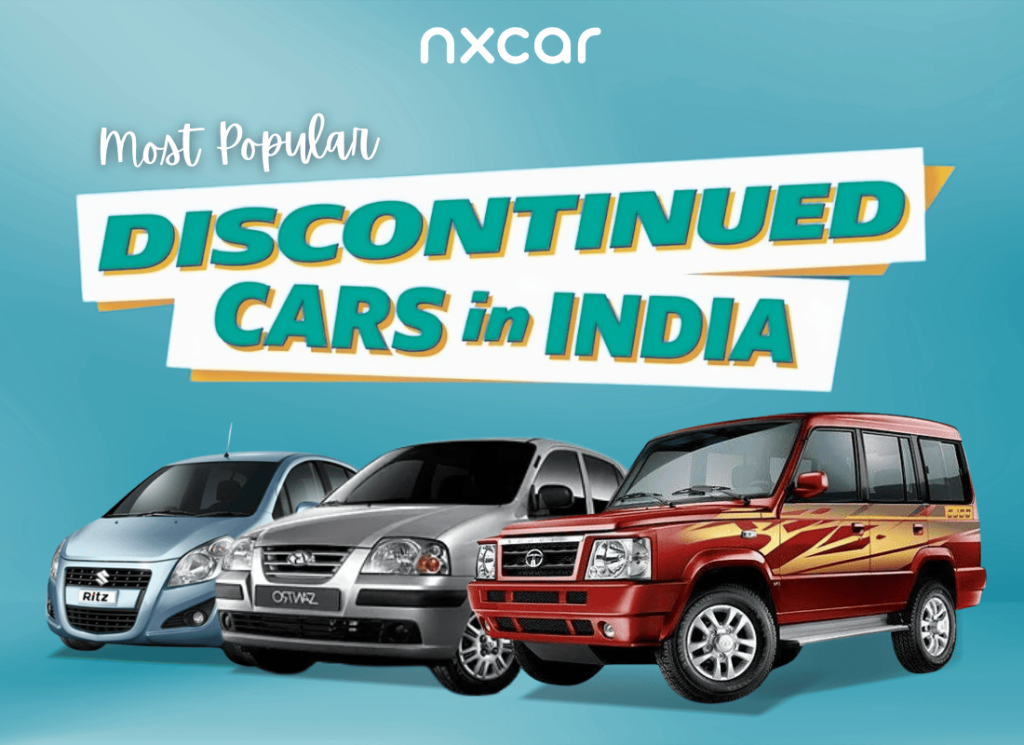Once a common sight on Indian roads, these iconic machines are now only found in memory—and the occasional second-hand lot. From compact hatchbacks that defined a generation to muscular sedans and rugged SUVs that once ruled highways, many beloved nameplates have quietly disappeared. Their exits, often driven by evolving emission norms, shifting buyer preferences, or strategic brand realignments, left behind a trail of nostalgia and loyalists still searching for one last ride.
Fast forward to today, and the absence of these legends is palpable. Enthusiasts browse used car marketplaces hoping to score a clean model. Collectors guard their machines with pride. Even casual drivers often recall these vehicles fondly—machines that were more than just transportation, they were milestones in their personal journeys.
In this roundup, we revisit the Most Popular Discontinued Cars in India—vehicles that might be gone from showrooms but remain unforgettable. We also spotlight the Most Popular Discontinued Used Cars in India, still sought-after for their reliability, design, or sheer sentimental value. Whether you once owned one or just admired them on the road, this list will take you down a four-wheeled memory lane.
Hyundai Santro
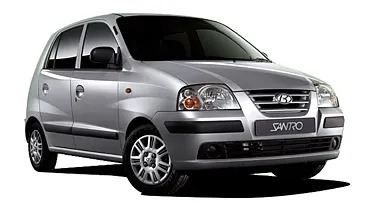
Few cars have left a mark on Indian automotive history quite like the Hyundai Santro. Launched in 1998, it wasn’t just a car—it was a revolution on four wheels. With its tall-boy design, peppy engine, and unmatched practicality, the Santro quickly became a household name. Affordable, spacious, and incredibly easy to drive, it was the first car for countless Indian families and a gateway vehicle into Hyundai’s rising brand.
As one of the Most Popular Discontinued Cars In India, the Santro earned legendary status not just for its longevity, but for how it changed the game in the small car segment. Its popularity transcended metro cities, finding favor in small towns and semi-urban India. The second-generation Santro made a brief return in 2018 but couldn’t recreate the original magic—leading to its final discontinuation in 2022 due to low demand and tighter market competition.
Key Specifications & Highlights:
- Engine Capacity: 1,086 cc
- Power Output: 69 BHP (Petrol)
- Torque: 99 Nm
- Fuel Options: Petrol & CNG (No diesel variant)
- Why it was popular:
- Tall-boy design with excellent headroom
- Reliable and economical
- Smooth driving experience, ideal for city use
- Why it was discontinued:
- Declining sales
- Shift in buyer preference toward compact SUVs
- Stiff competition from newer, feature-rich hatchbacks
Even in absence, the Santro holds a revered place in the story of India’s car evolution.
Maruti Suzuki Zen
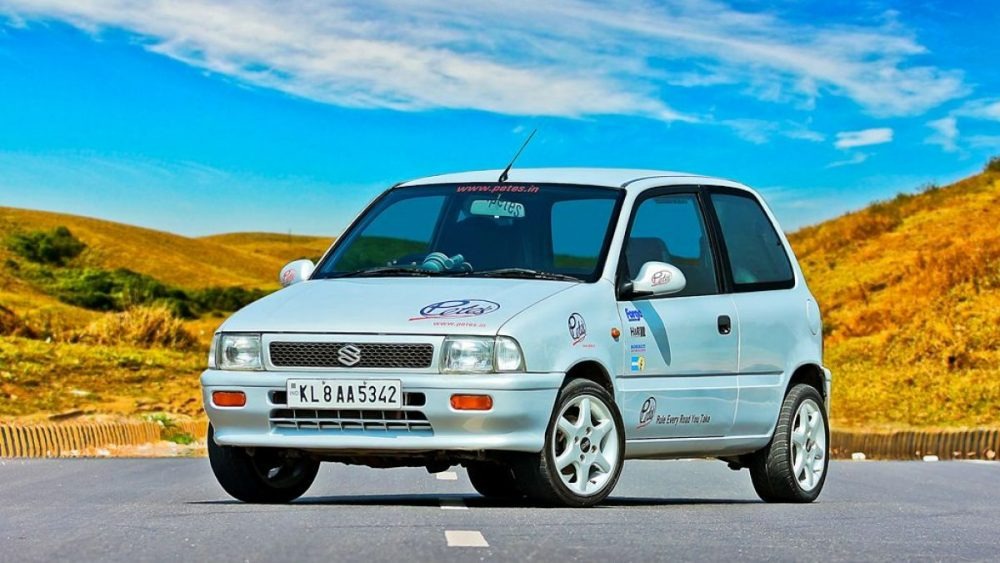
The Maruti Zen wasn’t just a hatchback—it was an attitude on wheels. Launched in 1993, the Zen brought a breath of fresh air to the Indian market with its sporty stance, low-slung design, and peppy performance. Compact yet agile, it quickly became the go-to car for young urban drivers and enthusiasts alike. Over time, it even developed a cult following, particularly the older “Jellybean” models that are still cherished today.
As one of the Most Popular Discontinued Cars In India, the Zen holds a nostalgic value that few others can claim. It struck the perfect balance between fun and functionality, making it a standout during its prime.
Key Specifications & Highlights:
- Engine Capacity: 993 cc (original models)
- Power Output: 60 BHP
- Torque: 78 Nm
- Fuel Options: Petrol (CNG available in later models)
- Why it was popular:
- Sporty styling and compact size
- Excellent handling and drive dynamics
- Reliable and low on maintenance
- Why it was discontinued:
- Market shift toward larger hatchbacks
- Newer models like Swift overshadowed its appeal
- Evolving safety and emission norms
Even today, the Zen remains a revered icon among India’s hatchback loyalists.
Maruti Suzuki Ritz
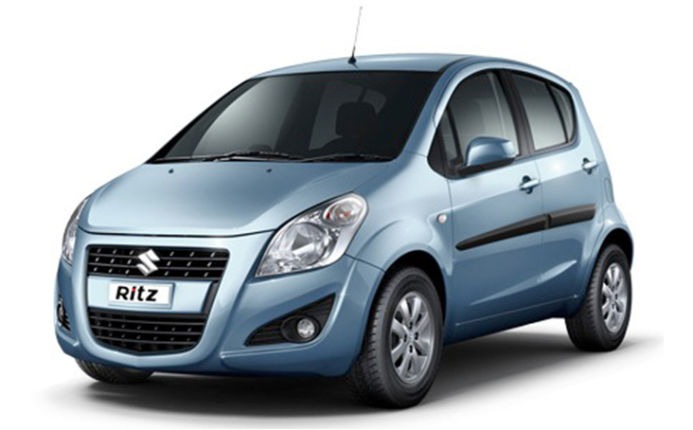
The Maruti Suzuki Ritz was a unique blend of practicality and quirk, launched in 2009 to cater to a generation seeking both functionality and flair. With its tall-boy design, high seating position, and peppy performance, the Ritz appealed to families and young professionals alike. Its distinctive rear styling set it apart, while Maruti’s reliable engineering made it a dependable city commuter. Over time, the Ritz became one of the Most Popular Discontinued Cars In India, leaving behind a loyal fanbase that still swears by its comfort and fuel efficiency.
Key Specifications & Highlights:
- Engine Capacity:
- Petrol: 1,197 cc
- Diesel: 1,248 cc (DDiS)
- Power Output:
- Petrol: 85 BHP
- Diesel: 74 BHP
- Torque:
- Petrol: 113 Nm
- Diesel: 190 Nm
- Fuel Options: Petrol and Diesel (No factory CNG)
- Why it was popular:
- Practical design with a roomy cabin
- Punchy engines, especially the diesel
- Great ride quality and low maintenance
- Why it was discontinued:
- Declining demand
- Overlapping with Swift’s popularity
- Maruti shifted focus to newer models like the Ignis and Baleno
The Ritz remains a well-rounded car that quietly made its mark in Indian automotive history.
The Maruti Suzuki S-Cross was a bold attempt to redefine the brand’s image, offering a mature crossover experience with European flair. Launched in 2015 as Nexa’s debut model, the S-Cross stood out with its understated styling, solid build quality, and a car-like driving feel that appealed to discerning buyers. It catered to those looking for practicality, comfort, and Maruti’s peace of mind—without the flash. Over the years, it earned its reputation as one of the Most Popular Discontinued Cars In India, appreciated for its versatility and refined road manners.
Key Specifications & Highlights:
-
Engine Capacity:
-
Petrol: 1,462 cc K15B
-
Diesel (discontinued earlier): 1,248 cc DDiS200 & 1,598 cc DDiS320
-
-
Power Output:
-
Petrol: 103 BHP
-
Diesel: 89–118 BHP
-
-
Torque:
-
Petrol: 138 Nm
-
Diesel: Up to 320 Nm
-
-
Fuel Options: Petrol and Diesel (No factory CNG)
-
Why it was popular:
-
Premium crossover with spacious interiors
-
Excellent ride and handling balance
-
Strong after-sales support and reliability
-
-
Why it was discontinued:
-
Declining sales due to stiff competition in SUV space
-
Lack of major design updates over time
-
Replaced by the Maruti Grand Vitara in Nexa lineup
-
The S-Cross remains a quiet icon—loved for what it offered, and missed for what it could have become.
Maruti Suzuki SX4
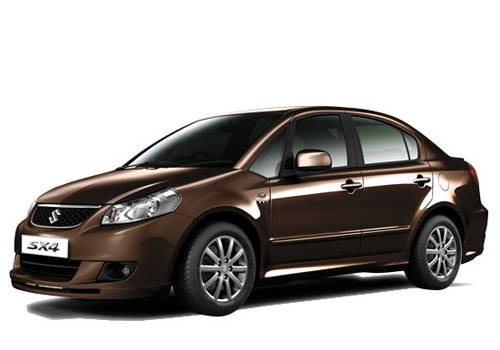
The Maruti Suzuki SX4 was a sedan with SUV-like confidence, tailored for Indian roads and drivers who craved stature along with practicality. Launched in 2007, the SX4 brought a bold, high-ground-clearance stance to the midsize sedan segment—an offering that instantly appealed to urban families and highway cruisers alike. With a spacious cabin, powerful engine, and Maruti’s trusted network, it became one of the Most Popular Discontinued Cars In India, fondly remembered for its solid build and commanding road presence.
Key Specifications & Highlights:
- Engine Capacity:
- Petrol: 1,586 cc
- Diesel: 1,248 cc (Fiat-sourced DDiS)
- Power Output:
- Petrol: 103 BHP
- Diesel: 89 BHP
- Torque:
- Petrol: 145 Nm
- Diesel: 200 Nm
- Fuel Options: Petrol, Diesel, and Factory-fitted CNG (selected variants)
- Why it was popular:
- SUV-like stance with sedan comfort
- Reliable and powerful engine options
- High ground clearance ideal for Indian roads
- Why it was discontinued:
- Stiff competition from more modern sedans
- Outdated styling and features
- Phased out in favor of Maruti Ciaz in 2014
The SX4 remains a standout chapter in Maruti’s sedan journey—bold, dependable, and unforgettable.
Honda City (2nd Gen)

The Honda City (2nd Gen), introduced in 2003, elevated India’s sedan game with its blend of elegance, refinement, and bulletproof reliability. Sleek yet understated, it became a status symbol for the upwardly mobile, delivering a premium experience without the European price tag. Its silky-smooth i-DSI engine, spacious interiors, and Honda’s legacy of durability made it an instant hit—earning it a well-deserved spot among the Most Popular Discontinued Cars In India.
This generation laid the foundation for Honda’s long-term success in the country, setting benchmarks in comfort and long-term ownership satisfaction.
Key Specifications & Highlights:
- Engine Capacity: 1,496 cc, i-DSI Petrol
- Power Output: 77 BHP @ 5,700 rpm
- Torque: 125 Nm @ 2,700 rpm
- Fuel Options: Petrol (CNG available via aftermarket fitments; no diesel option)
- Why it was popular:
- Exceptional refinement and smooth driving experience
- Great fuel efficiency and low maintenance
- Timeless, elegant styling
- Why it was discontinued:
- Replaced by the more powerful 3rd-gen City with VTEC
- Evolving design trends and customer demand for newer tech
The 2nd-gen City remains a sentimental favorite—a perfect example of Japanese engineering tailored to Indian sensibilities.
Maruti Suzuki Gypsy King
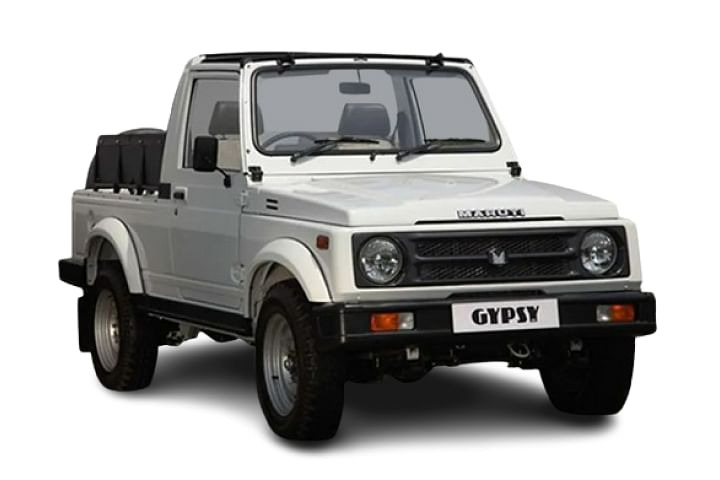
The Maruti Suzuki Gypsy King is a cult classic that defined rugged versatility on Indian terrain for over three decades. Built like a tank and famously minimalistic, it served everyone—from off-road adventurers to the Indian Army. With its go-anywhere attitude and unmatched reliability, the Gypsy wasn’t just a vehicle; it was a legacy on wheels. Despite its spartan features and stiff ride, it became one of the Most Popular Discontinued Cars In India, adored for its simplicity, endurance, and raw character.
Even after its production ended in 2019, its legacy lives on among enthusiasts and collectors.
Key Specifications & Highlights:
- Engine Capacity: 1,298 cc and later upgraded to 1,324 cc
- Power Output: 80 BHP @ 6,000 rpm
- Torque: 103 Nm @ 4,500 rpm
- Fuel Options: Petrol only (No factory CNG or diesel)
- Why it was popular:
- Lightweight, reliable, and excellent off-road capabilities
- Widely used by police, military, and rally drivers
- Easy to maintain and highly modifiable
- Why it was discontinued:
- Outdated safety and emission standards
- Lack of creature comforts for civilian users
- Replaced by newer models like the Jimny (international markets)
The Gypsy King remains an irreplaceable icon in India’s automotive history.
Tata Sumo
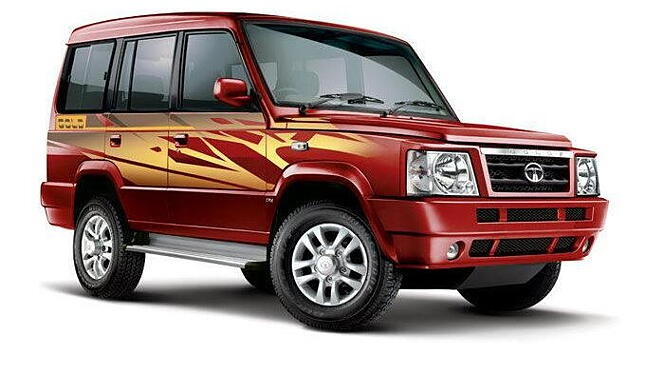
The Tata Sumo was the quintessential Indian workhorse—tough, spacious, and built for the long haul. Introduced in 1994, it revolutionized the people-mover segment with its commanding presence and rugged reliability. Whether navigating village roads or ferrying large families across states, the Sumo became a dependable companion for countless Indians. Over time, it evolved into a trusted fleet favorite and even found a home with government agencies and rural transport operators. Its reputation as one of the Most Popular Discontinued Cars In India is well-earned, etched into the nation’s automotive memory.
Key Specifications & Highlights:
- Engine Capacity: 2,956 cc (initial), later models featured 2,048 cc CR4 diesel
- Power Output: 85–92 BHP (depending on variant)
- Torque: Up to 250 Nm
- Fuel Options: Diesel only
- Why it was popular:
- Rugged build ideal for Indian road conditions
- High seating capacity (up to 9-seaters)
- Easy maintenance and wide service network
- Why it was discontinued:
- Could not meet updated BS6 emission norms
- Outdated design and lack of modern features
- Shift in market preference toward more stylish and feature-rich SUVs
The Tata Sumo remains a symbol of no-frills utility and timeless dependability.
Honda Brio

The Honda Brio was Honda’s stylish little hatchback that dared to be different. Launched in 2011, it offered a refreshing take on compact city cars with its futuristic rear glass hatch, smooth drivability, and Honda’s hallmark engine refinement. Compact on the outside yet cleverly spacious inside, the Brio carved a niche for urban dwellers looking for premium quality in a small footprint. Though it never topped sales charts, it quietly became one of the Most Popular Discontinued Cars In India, remembered fondly for its peppy performance and youthful appeal.
Key Specifications & Highlights:
- Engine Capacity: 1,198 cc, i-VTEC Petrol
- Power Output: 88 BHP @ 6,000 rpm
- Torque: 109 Nm @ 4,500 rpm
- Fuel Options: Petrol only (No factory CNG or diesel variant)
- Why it was popular:
- Compact size with excellent urban maneuverability
- High-revving, fun-to-drive engine
- Premium build quality in the segment
- Why it was discontinued:
- Low demand and ageing design
- Rising competition from feature-rich rivals
- Honda’s strategic shift towards larger models like Amaze and WR-V
The Brio may be gone, but it remains a charming chapter in India’s premium hatchback story.
Honda Civic
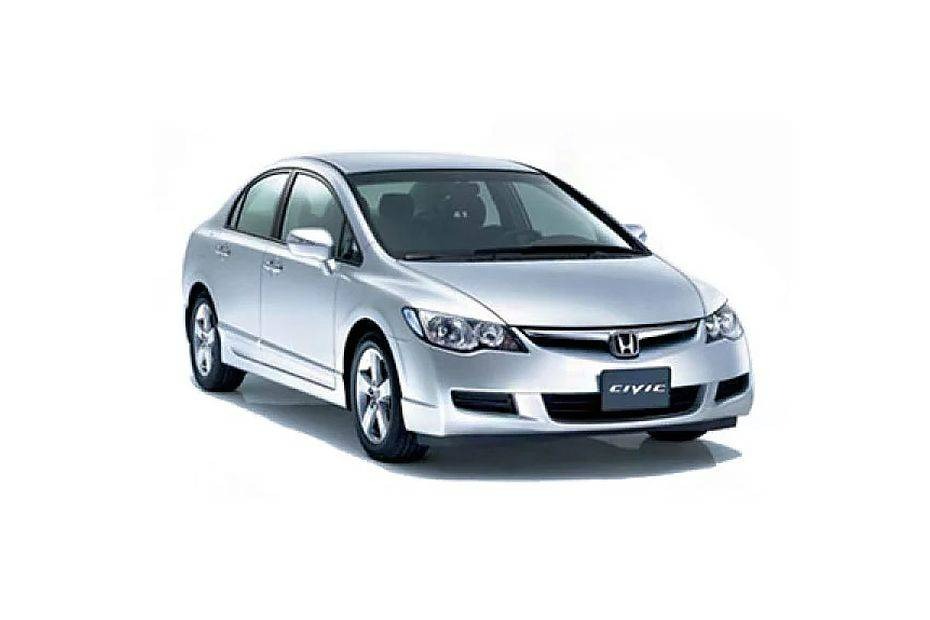
The Honda Civic was more than just a car—it was a statement of style and sophistication. First introduced to Indian buyers in 2006, it brought with it a futuristic design, low-slung stance, and a premium driving experience that set it apart from anything else on the road. With a digital speedometer, refined petrol engine, and sporty dynamics, the Civic instantly resonated with driving enthusiasts and executive buyers alike. Over the years, it developed cult status and became one of the Most Popular Discontinued Cars In India.
Key Specifications & Highlights:
- Engine Capacity:
- Petrol: 1,799 cc (8th Gen), 1,799 cc i-VTEC (10th Gen)
- Diesel: 1,597 cc i-DTEC (available in 10th Gen only)
- Power Output:
- Petrol: 139 BHP
- Diesel: 118 BHP
- Torque:
- Petrol: 174 Nm
- Diesel: 300 Nm
- Fuel Options: Petrol and Diesel (No factory CNG)
- Why it was popular:
- Striking design and low-slung sporty appeal
- High-revving engine and smooth ride quality
- Premium interior fit and finish
- Why it was discontinued:
- Declining demand for D-segment sedans
- High pricing and limited localisation
- Shift in consumer preference toward SUVs
The Civic remains a revered badge, celebrated for its flair, finesse, and unforgettable road presence.
Honda Jazz
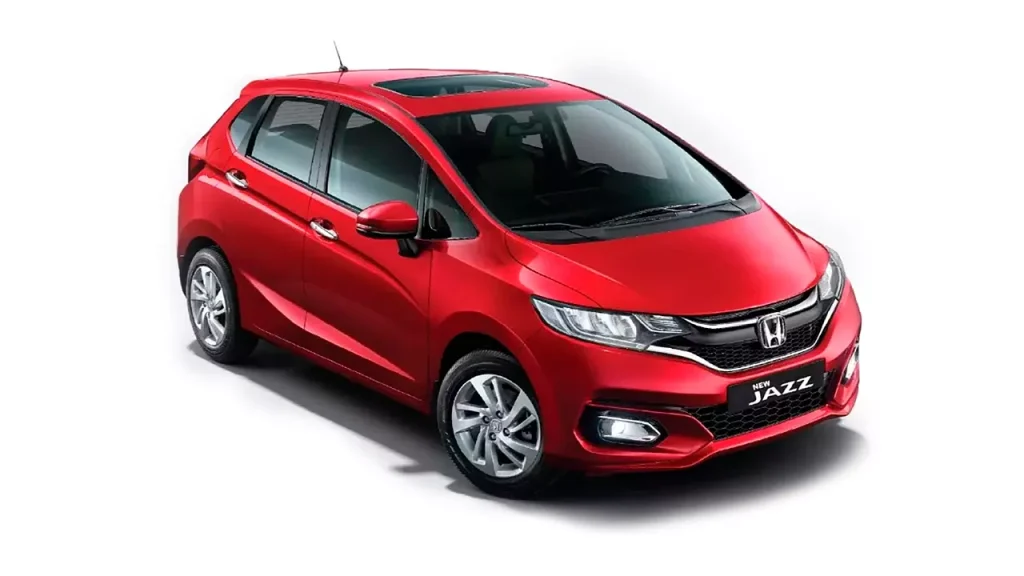
The Honda Jazz was a premium hatchback that danced to its own rhythm—offering unmatched space, smooth performance, and upscale features in a compact silhouette. Launched in India in 2009 and revived later with updates, the Jazz catered to urban buyers who valued practicality without compromising on quality. With its “Magic Seats,” airy cabin, and refined engine, it offered MPV-like versatility in a hatchback form. Over time, it secured a place among the Most Popular Discontinued Cars In India, loved by families, city drivers, and enthusiasts alike.
Key Specifications & Highlights:
- Engine Capacity: 1,199 cc i-VTEC Petrol | 1,498 cc i-DTEC Diesel (earlier variant)
- Power Output:
- Petrol: 89 BHP
- Diesel: 98 BHP
- Torque:
- Petrol: 110 Nm
- Diesel: 200 Nm
- Fuel Options: Petrol and Diesel (No factory CNG)
- Why it was popular:
- Premium design and spacious cabin
- Smooth CVT option and fuel efficiency
- High practicality with flexible seating
- Why it was discontinued:
- Slow sales in a highly competitive segment
- Rising preference for compact SUVs
- Lack of major updates and feature lag
The Jazz was a class act—quietly premium, effortlessly practical, and fondly remembered.
Ford EcoSport
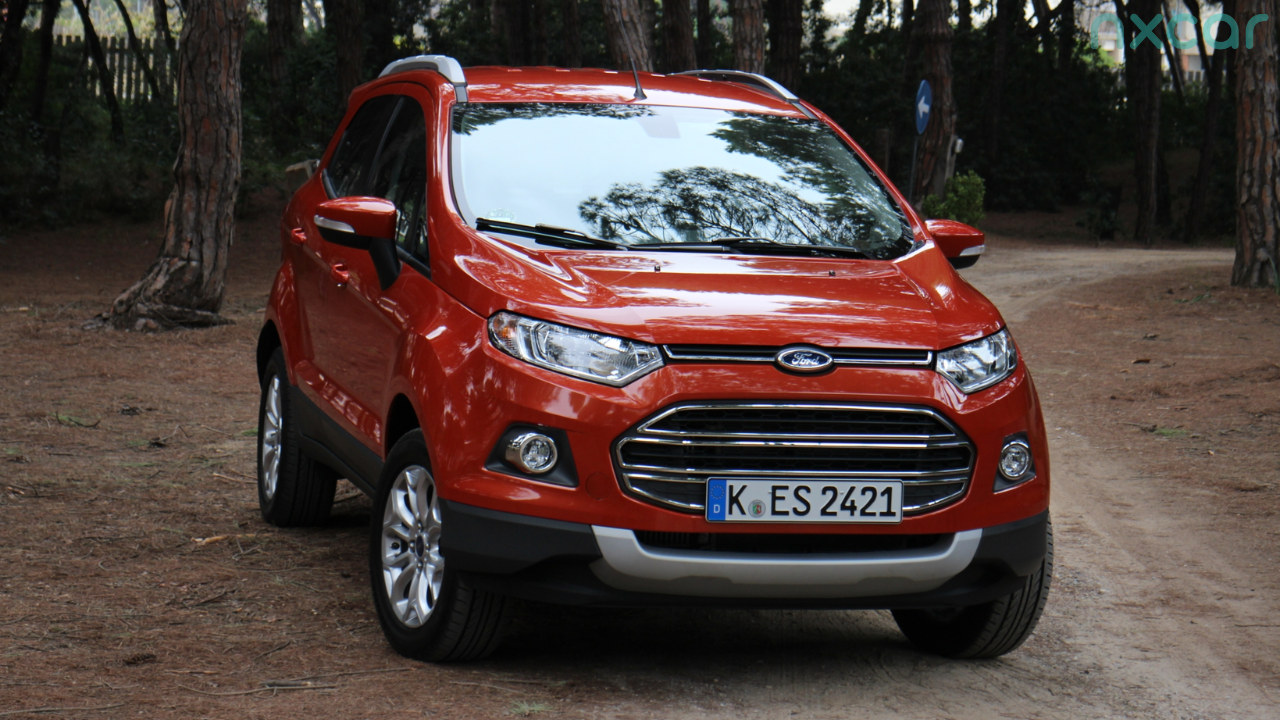
The Ford EcoSport was a pioneer in India’s compact SUV revolution. Launched in 2013, it instantly won hearts with its muscular design, high ground clearance, and car-like handling. It felt premium, drove like a dream, and introduced features unheard of in its price segment. Its rear-mounted spare wheel gave it a rugged charm, while Ford’s build quality and safety focus made it a standout. Over time, it became one of the Most Popular Discontinued Cars In India, symbolizing a blend of style, strength, and smart engineering.
Key Specifications & Highlights:
- Engine Capacity:
- Petrol: 1,195 cc (Dragon series), 1,498 cc
- Diesel: 1,499 cc TDCi
- Power Output:
- Petrol: 95–121 BHP
- Diesel: 99 BHP
- Torque:
- Petrol: Up to 149 Nm
- Diesel: 215 Nm
- Fuel Options: Petrol and Diesel (No factory CNG)
- Why it was popular:
- SUV styling with compact proportions
- Fun-to-drive dynamics and excellent safety features
- Feature-rich even in base variants
- Why it was discontinued:
- Ford’s exit from Indian manufacturing in 2021
- Rising operational costs and slowing sales
- Inability to compete with aggressive pricing from rivals
The EcoSport remains a benchmark in India’s compact SUV legacy—bold, balanced, and dearly missed.
Renault Duster
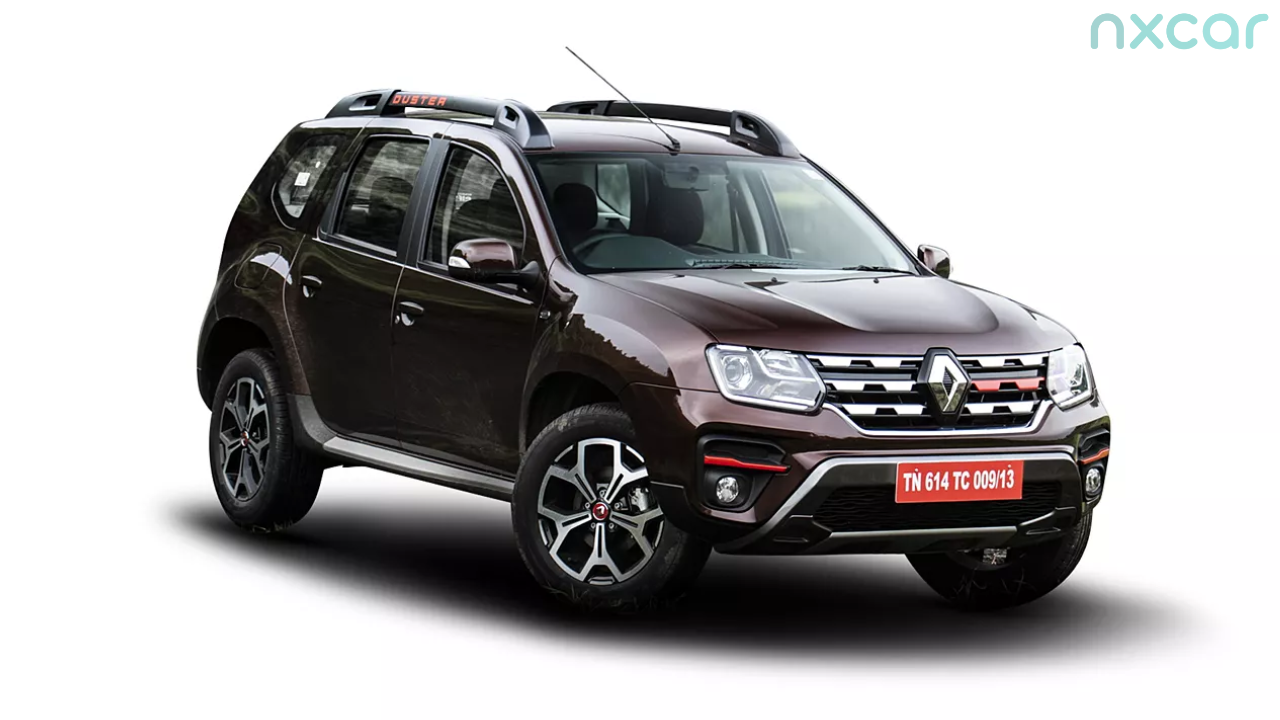
The Renault Duster was the SUV that redefined ruggedness for Indian roads. Launched in 2012, it offered a rare combination of muscular styling, go-anywhere capability, and car-like comfort. With its high ground clearance, tough build, and competent diesel engines, the Duster quickly became a favourite among adventure seekers and practical buyers alike. It wasn’t just a trendsetter—it was a revolution. Over the years, it earned its place among the Most Popular Discontinued Cars In India, remembered for its raw appeal and bulletproof reliability.
Key Specifications & Highlights:
- Engine Capacity:
- Petrol: 1,497 cc
- Diesel: 1,461 cc (available in both 85 PS and 110 PS tunes)
- Power Output:
- Petrol: 106 BHP
- Diesel: 85–110 BHP
- Torque:
- Petrol: 142 Nm
- Diesel: Up to 248 Nm
- Fuel Options: Petrol and Diesel (No factory CNG)
- Why it was popular:
- True SUV stance with high ground clearance
- Excellent ride quality and capable engines
- Affordable pricing for its segment
- Why it was discontinued:
- Aging platform with limited updates
- Tough competition from feature-rich modern SUVs
- Non-compliance with BS6 norms without diesel upgrade
The Duster exits as a legend—raw, reliable, and remarkably missed.
Nissan Sunny
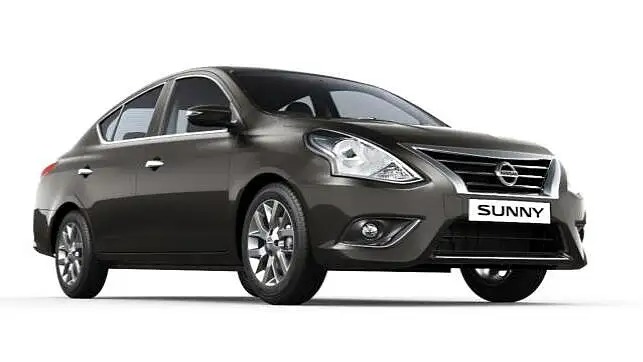
The Nissan Sunny was the sedan that brought limousine-like space to an affordable price point. Launched in India in 2011, it quickly gained attention for its cavernous rear legroom, refined ride quality, and clean, understated design. Marketed as the “Caaaar” due to its unmatched interior space, the Sunny catered to buyers who valued comfort and practicality over flash. Despite its strengths, shifting buyer preferences eventually edged it out, but not before securing its status among the Most Popular Discontinued Cars In India.
Key Specifications & Highlights:
- Engine Capacity:
- Petrol: 1,498 cc
- Diesel: 1,461 cc (K9K dCi)
- Power Output:
- Petrol: 99 BHP
- Diesel: 85 BHP
- Torque:
- Petrol: 134 Nm
- Diesel: 200 Nm
- Fuel Options: Petrol and Diesel (No factory CNG)
- Why it was popular:
- Best-in-class rear seat comfort
- Reliable and fuel-efficient engines
- Smooth CVT option for petrol variants
- Why it was discontinued:
- Diminishing demand in the sedan segment
- Lack of major updates
- Competition from newer, feature-rich rivals
The Sunny remains a symbol of spaciousness and subtle sophistication in India’s sedan legacy.
Volkswagen Polo
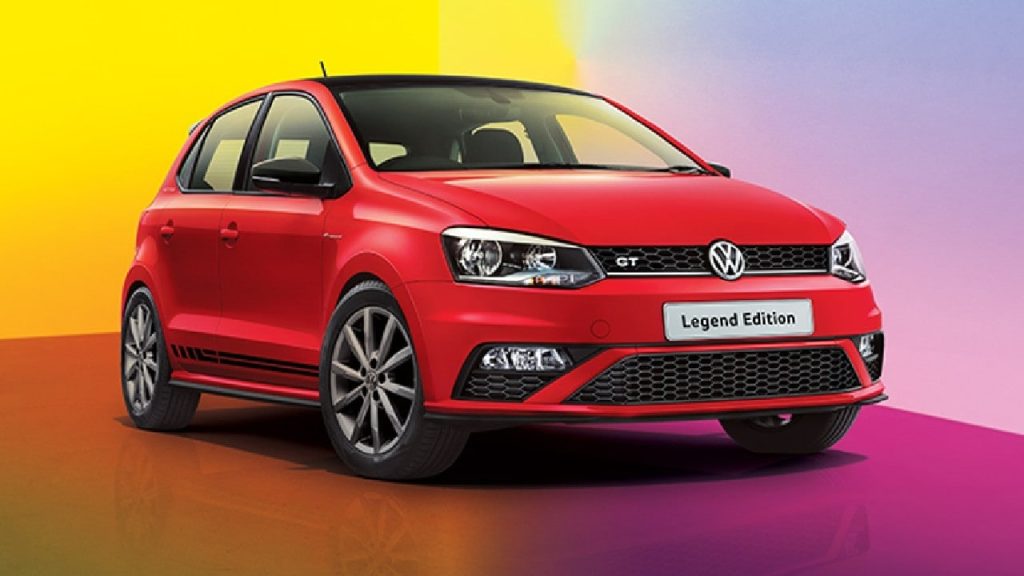
The Volkswagen Polo was a premium hatchback that combined European engineering with timeless design. Launched in India in 2010, it set new benchmarks for build quality, driving dynamics, and understated sophistication. From city commutes to spirited highway runs, the Polo delivered an engaging experience that few others in its segment could match. Over a decade of presence and multiple engine options made it a favorite among enthusiasts and urban buyers alike. Today, it proudly holds a spot among the Most Popular Discontinued Cars In India.
Key Specifications & Highlights:
- Engine Capacity:
- Petrol: 999 cc (MPI & TSI)
- Diesel: 1,498 cc TDI (discontinued earlier)
- Power Output:
- Petrol: 75–110 BHP
- Diesel: 90 BHP
- Torque:
- Petrol: Up to 175 Nm (1.0 TSI)
- Diesel: 230 Nm
- Fuel Options: Petrol and Diesel (No factory CNG)
- Why it was popular:
- Solid build and premium feel
- Fun-to-drive dynamics, especially the GT variants
- Long-lasting quality and safety focus
- Why it was discontinued:
- Aging platform and lack of major updates
- Rising production costs and stricter emission norms
- Shift in buyer demand towards compact SUVs
The Polo leaves behind a legacy of refinement, reliability, and driving pleasure.
